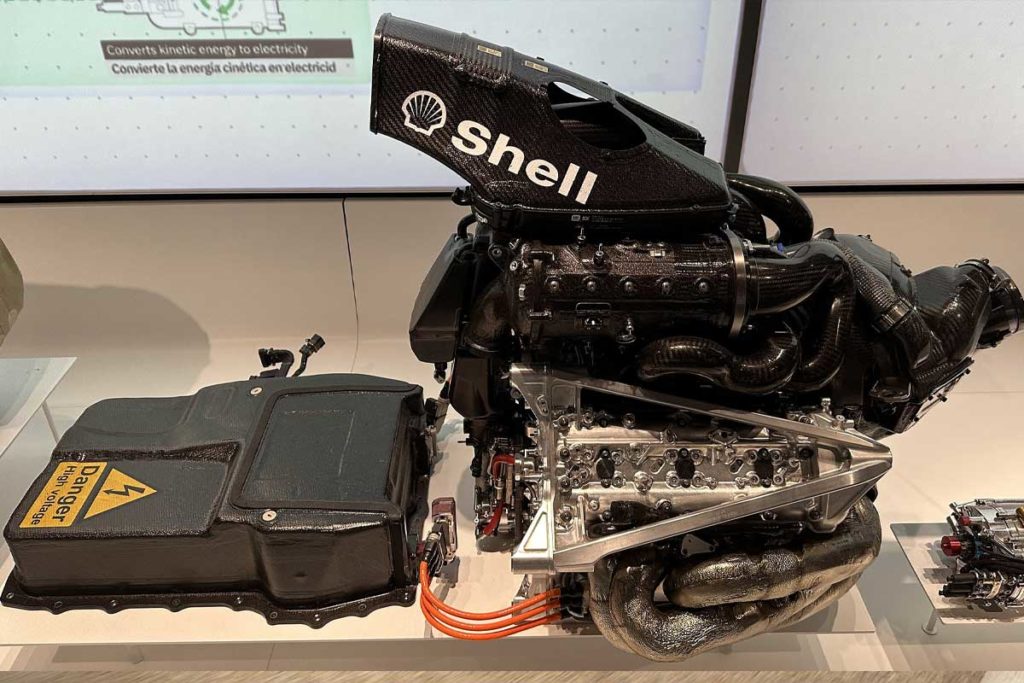
While the revolutionary Formula 1 scheduled for 2026 is fast approaching, Ferrari is once again at the heart of the debate. A new technical cycle, political tensions, divergent positions between manufacturers: the new Ferrari engine project is taking place in a highly strategic context. Here's the latest key information on the evolution of this engine, and the issues surrounding its design.
2026 regulations officially confirmed... without V10
At a meeting in Bahrain between the FIA, F1 and the engine manufacturers, the bodies confirmed their total commitment to the engine regulations planned for 2026. Out goes the idea, supported by Ferrari and Red Bull, of returning to V10 engines, even if powered by sustainable fuels. Mercedes, Honda and Audi opposed this step backwards, preferring to pursue the development of hybrid engines. The result: the future F1 engine will still be a 1.6L V6 turbo hybrid, but it will be radically modified.
A reminder of the rules governing the new hybrid engine
The major new feature of the 2026 regulations is the balance between thermal and electric power. At present, electric power accounts for around 20 % of the power delivered. In 2026, this figure will rise to almost 50 %The MGU-H system, considered too complex and costly, will be discontinued.
The aim: to reduce environmental impact while maintaining a high level of performance thanks to simplified hybridization and the use of sustainable 100 % fuels. This technological shift, welcomed by new entrants such as Audi and Cadillac, calls for a complete overhaul not only of the engines, but also of the chassis and aerodynamics of the single-seaters.
Ferrari and Red Bull: catching up with Mercedes?
Behind their desire to return to V10s lies another reality. According to Auto Motor und Sport, Ferrari and Red Bull are said to be worried about keeping up with Mercedes in the field of electrification. Their real aim, then, is not a nostalgic return to the V10, but rather a rebalancing of power distribution.
Officially set at 55 % combustion and 45 % electric, this split could, if a majority of engine manufacturers agree, be revised to 70/30 or even 80/20 in favor of combustion, at least for the first few years. This compromise would give Ferrari and Red Bull time to catch up on the electrics.
But to pass such a change, a super-majority would be needed: the agreement of at least 4 of the 5 engine manufacturers involved (Ferrari, Mercedes, Honda, Audi, Red Bull). But Mercedes is sticking to its guns, making any changes highly unlikely.
Changing the balance between combustion and electric power at this stage would pose major problems. Engine concepts are already well advanced, as are battery, turbo, radiator and chassis designs. Changing the electric power would compromise hundreds of millions of euros of investment and weaken the FIA's credibility with manufacturers.
All the more so since any reduction in the electrical component would lead to a drop in power or an increase in thermal requirements, with all the associated constraints: turbo pressure, tank size, weight, size, cooling. For Ferrari, the objective is clear: to offer the best engine so as not to relive the hybrid engine debuts of 2014.